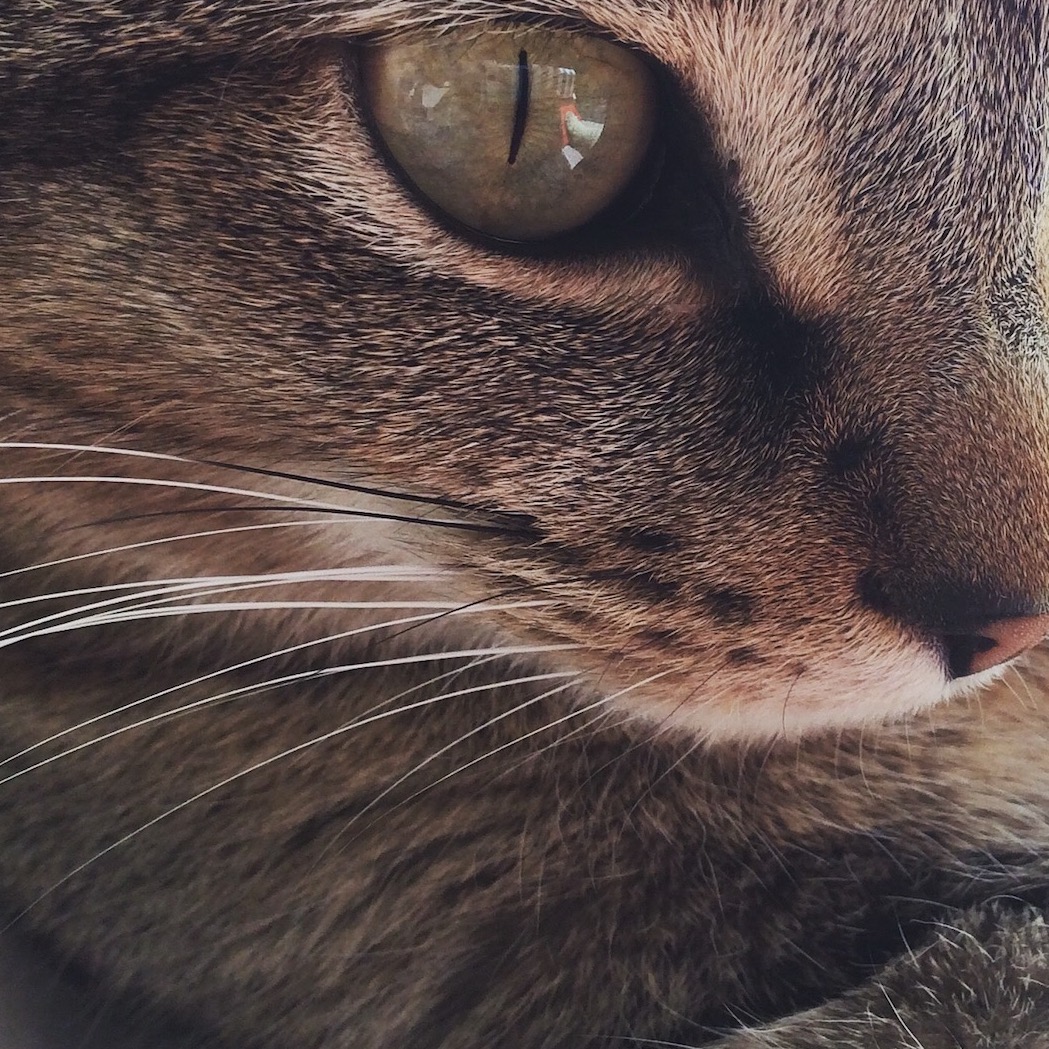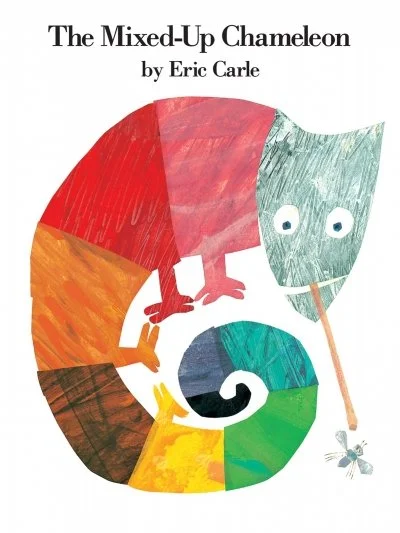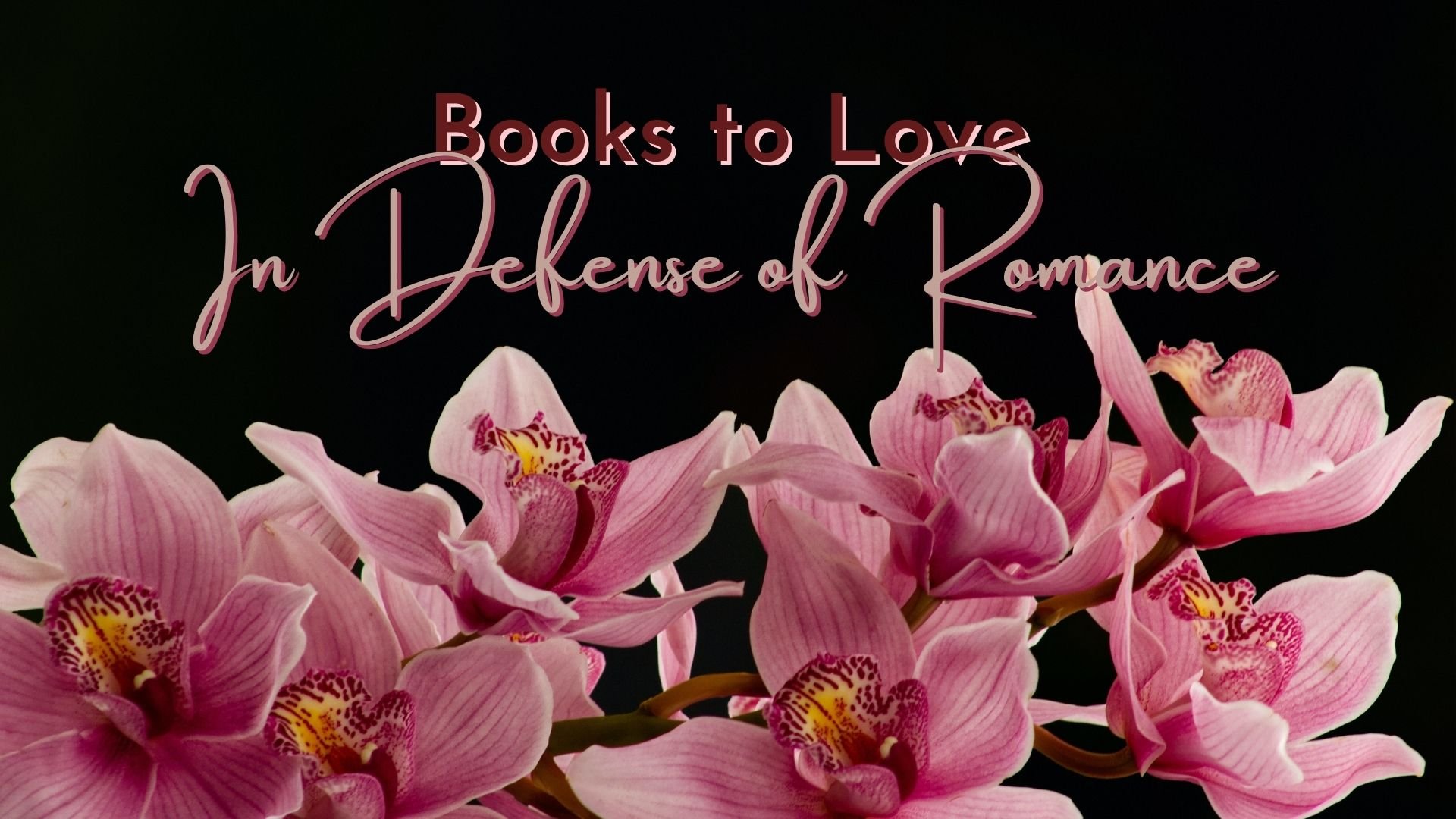Books to Love: The World of Eric Carle
A local library is a true treasure. At ours, they have an early literacy program called 1000 Books Before Kindergarten. Its purpose is to encourage bonding between parents and child as well as to get newborns, infants, and toddlers interested in reading at a young age.
We signed Judah Ben up for this a couple of months ago. It has been a fun journey of discovery for us as we read through mama and papa’s favorites and find new ones that we all love.
One old favorite we’ve read more times than I care to count is The Very Hungry Caterpillar by Eric Carle. I’m certain that we’re all familiar with this classic. However, I have discovered many more of his exceptional books. Today I wish to share with you a few books that have been new additions to our own personal library. Perhaps you will know of them, but even if you do, take some time to remind yourself why these books are such delights.
Eric Carle’s work is simultaneously complex and exaggeratedly simple. Eric Carle achieves this with his unique illustrations.
He does not draw his images. Rather, he collages them together from different pieces of painted tissue paper. It is upon that painted tissue paper that textures, colors, design techniques, and patterns were explored. However, when he places them on the pages, the background is negative, white space. This white space allows children time and space to process the images that they are seeing. (See How I Paint Tissue Paper from Carle’s website.)
Eric Carle is an advocate of slowing down. In his lifetime, he did not care for the overly hyper and quick paced cartoons that inundated children from a wee, young age. Rather, he believed it was necessary to provide a slow, steady pace for children to discover the world around them. This belief is realized within his illustrations and layouts as well as in the writing of his books.
Hello, Red Fox
There is nothing more wonderful than discovering a child’s book that is truly revolutionary. Hello, Red Fox is such a book.
Way back in my collegiate days, I took a class called Color Theory. It was one of my favorite classes, even though it was fabled amongst the Freshmen to be the hardest class to take. The entire basis of color theory that is taught today has its foundation in Johann Wolgang von Goethe’s 1810 publication, Zur Farbenlehre, Theory of Colors.
Goethe’s publication was highly controversial because it questioned the human perception of light and color rather than the optical spectrum the truly exists, which was established by Isaac Newton.
The reason Zur Farbenlehre is still discussed today in color theory- aside from the many interesting and valid aspects Goethe presents- is the fact that in this publication, Goethe gave the world his color wheel.
Every art student knows the color wheel intimately. If they took a color theory class, then they have made more than one color wheel- subtractive primaries, primaries , secondaries, tertiaries, ad infinitum.
Why is this color wheel so important?
It establishes complimentary colors. Red is the perfect compliment to green, blue to orange, purple to yellow.
What does this have to do with Eric Carle and his book Hello, Red Fox? Well, here is the cover of the book.
Do you notice anything? If you are like Mama Frog, you’ll say, it’s not a Red Fox, but a Green one. And, of course, you’d be perfectly correct.
What Eric Carle does in this book is explore the phenomenon of opposite colors. This book is best read with a child of two years or older, as they are mature enough to understand in part at least what is happening.
Carle places an image, a red heart with a small black point in the middle of it, on the left page with instructions to stare at the image for ten seconds. Slow yourself down. Keep the atmosphere quiet. After staring at the heart for ten seconds or more, he then instructs the viewer to move to the right page, which is all white except for a black dot in the middle of the page. Again, he instructs the viewer to stare at the black dot for at least three seconds. Now for the fun part, on that blank white page, a faint green heart will appear. Aside from the phenomenon of what the eye is capable of, this is an excellent lesson on how colors do indeed have opposites.
I picked this book up at the library with no idea what an amazing teaching tool I had in my hand. While my son is a wee bit too young to fully appreciate it, I was not. I’ve read this book a couple time just for myself. There are two things I like very much about it.
One. Because it requires focused attention, I find that I must calm myself, remove all distractions, and exist for the length of time it takes to read this book in a quiet, slowed environment.
Two. After so many years of training regarding art and color theory, this book is a straight forward and thoroughly fun way to explore the color wheel.
If you’ve never read this one, it’s a must.
Speaking of color wheels, the cover of this book almost resembles a color wheel. However, The Mixed-Up Chameleon does not delve into the vagaries and phenomena surrounding color theory and ocular perception. Rather, this book makes my list for a wholly different reason.
While the author of this books is Eric Carle, he will tell you that The Mixed-Up Chameleon could not have been written without the help of thousands and thousands of children who contributed to it.
During his life, Eric Carle would often travel to schools to read his works to children and find out what they thought about them. Most authors would say that this sounds rather terrifying. However, Carle seems to have thrived in this environment. He loved to have the children’s input because they have an unaltered, pure, and unique manner in which they view the world.
As an artist, Eric Carle also pulled from nature. On one trip to the zoo, he was sketching a chameleon standing statue-like on a leaf when a funny question popped into his head.
What if the chameleon could change more than just his color?
In the different classes he visited, he would set up his easel. He’d start with a basic sketch of a chameleon. Then he would ask that very question.
No doubt the children were excited to suggest different animals the chameleon could change himself into. Carle added all these different animal attributes to his sketches make the chameleon look more and more outlandish, certainly to the unrestrained delight of the children.
After amassing thousands of sketches, Carle went back to his studio in Massachusetts and got to work composing The Mixed-Up Chameleon.
It starts with a simple chameleon sitting on a green leaf. It ends after a massive adventure and a myriad of morphings by the mix-up little reptile.
YouTube channel Illuminated Films has a wonderful animated video of this book that is a favorite in our family. I’ll share it hear as I believe you’ll enjoy the subtle, simple humor of this story as well as the important truth of the message: be yourself.
One of the reasons Eric Carle’s books have been such a delight for me to discover is because his art training outs itself. Though Eric Carle was born in America to immigrant parents, at age six, in 1935, his parents took him back to their homeland, Germany. He pursued an education in the arts and graduated from Akademie der bildenden Künste Stuttgart (The Academy of Fine Arts Stuttgart).
Eric Carle lived in Germany throughout World War II, which means he saw first hand the censoring of the Nazis. Not only did they control every aspect of the government, but they also dictated what art was allowed to be created within the German state. Throwing out the modernist movements that had been birthed within the borders of Germany, such as Neue Künstlervereinigung München, Der Blaue Reiter, and Bauhaus, realism and naturalism that gloried the aryan race and the Third Reich were mandated.
However, at the age of thirteen, one of Eric Carle’s teachers invited him to his home to see the work the ‘degenerate’ and ‘deplorable’ artists. Reflecting back on this, Carle wonders if this professor was brave or crazy. Whichever, this exposure to the work of modern artists such as Wassily Kandinsky and Franz Marc, was monumental in Carle’s life. Though Carle admits he cannot honestly remember which paintings he saw that day, he believes it was here that he first saw, Blaues Pferd I, Blue Horse I by Franz Marc.
In The Artist Who Painted a Blue Horse, Carle embodies the voice of Franz Marc. This book is not a history lesson or a treatise on any of Marc’s work. Rather, it explores the psyche of a man who would paint a horse blue.
This was one of the last books Eric Carle ever published. I believe it is one of his most important. Though no child could know the horror of Carle’s youth growing up in Nazi German, they can learn the lessons that Carle carried with him because of it. Explore, question, color things the way you see them, don’t accept other people’s limits. Those are the lessons of The Artist Who Painted a Blue Horse.
Eric Carle’s time living in Nazi Germany shaped his view of the world. When asked to recall it, he said the world was monochromatic. Everything was brown and drab green and dull. There were no colors.
His books are the living embodiment of his repudiation of the Nazis and their fascist principles that leached the life out of everything. They are wild, riots of color. Carle himself lamented that he could not find more intense colors to put in his books.
An important element found in all his works is the encouragement for us all to embrace curiosity. To question things. To push limits. To see the world through different lenses. To live free. All of these things are the opposite of the creed of the Nazis and any other tyrannical regimes that pop up throughout the globe.
Be bright. Be colorful. Be curious.
Should a horse be blue? As Lafayette would say, Why not? Eric Carle’s books are full of freedom. Freedom to be curious and explore the world around us without limits. Perhaps that’s why he embraced Goethe’s Zur Farbenleche so much. While scientists largely dismissed what he had to say, philosophers embraced it. A scientist would say a horse cannot be blue; a philosopher would say, yes, it could, it’s just a horse of a different color.
It is in this freedom that children can learn to love learning and discovering new things. That’s the world Eric Carle wished to create, one where children were free to learn and explore and discover all the wonder that this life holds.













































